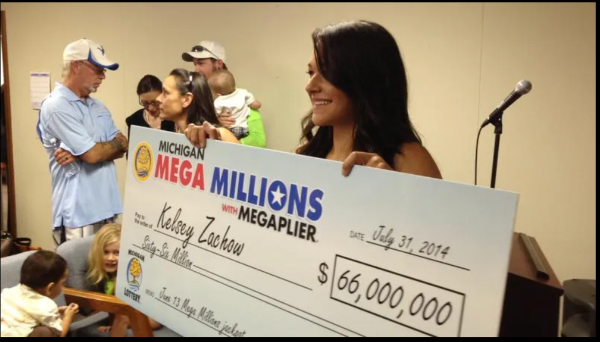Filipino-American Friendship Day (July 4): History, Significance and Celebration
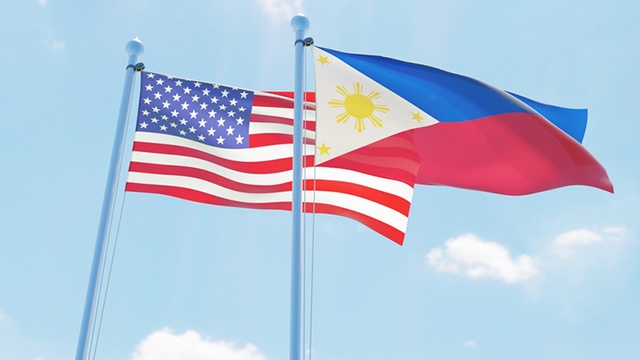 |
| Photo: Rappler |
Celebration
Filipino-American Friendship Day, previously known as Philippine Republic Day, is a holiday in the Philippines observed on July 4. It used to be celebrated as the country's Independence Day, but now it is a working holiday not linked to the independence of the Philippines.
The Philippines were ceded to the United States by Spain following the latter's defeat in the Spanish-American War of 1898. The First Philippine Republic struggled to secure its independence but was defeated.
Following the end of the Second World War, the Philippines were recognized as an independent state. On July 4, 1946, the Republic of the Philippines and the USA signed a Treaty of General Relation that relinquished American sovereignty over the archipelago.
Originally July 4 was celebrated as Independence Day of the Philippines. However, in 1964, President Diosdado Macapagal moved the celebration to June 12 to commemorate the independence of the Philippines from Spain. July 4 was renamed to Philippine Republic Day.
In the 1960s, President Ferdinand Marcos renamed the holiday to Filipino-American Friendship Day. In 1984, it was relegated to a working holiday and was no longer referred to as Republic Day.
Now we Filipinos celebrate July 4 as Philippine-American Friendship Day. And Americans who are in the Philippines also proclaim their celebration of Philippine-American friendship on July 4.
The Independence Day we now celebrate is June 12, when we declared our independence from Spain.
The celebration of Philippine-American Friendship Day is meant to remind us—and Americans—of two countries’ long-standing friendship. This developed after the forces of the First Philippine Republic were defeated by those of the United States and our archipelago became an American colony.
The Philippines and the United States have maintained closeness that some Filipinos call a “special relationship.”
Filipino-American Friendship Day: History
Some people wrongly celebrated July 4th as Philippine Independence Day. Many Filipino historians worked persistently to correct the error. Instead of celebrating July 4th as Philippine Independence Day, it was renamed as Philippine-American Friendship Day which it should be. The history of that change is what should be celebrated. It is part of their colonial struggle and what should be imbibed in the struggle to make the country truly independent.
That is a long history that should be remembered and passed on to present and future Filipinos. Freedom and independence is not given. It is earned. This is especially true in their history. What Filipino remember is the struggle of thousands of the bravest Filipinos, their national heroes who died for it.
President Rodrigo Duterte is the latest among their leaders and national heroes to make them truly independent when he declared that the Philippines will work for its own interests and decide its own foreign policy. He was widely applauded when he declared it in China which is now the superpower rival of the United States. They are alert of those who continue in many ways to keep them as mere subalterns of US political and economic policies.
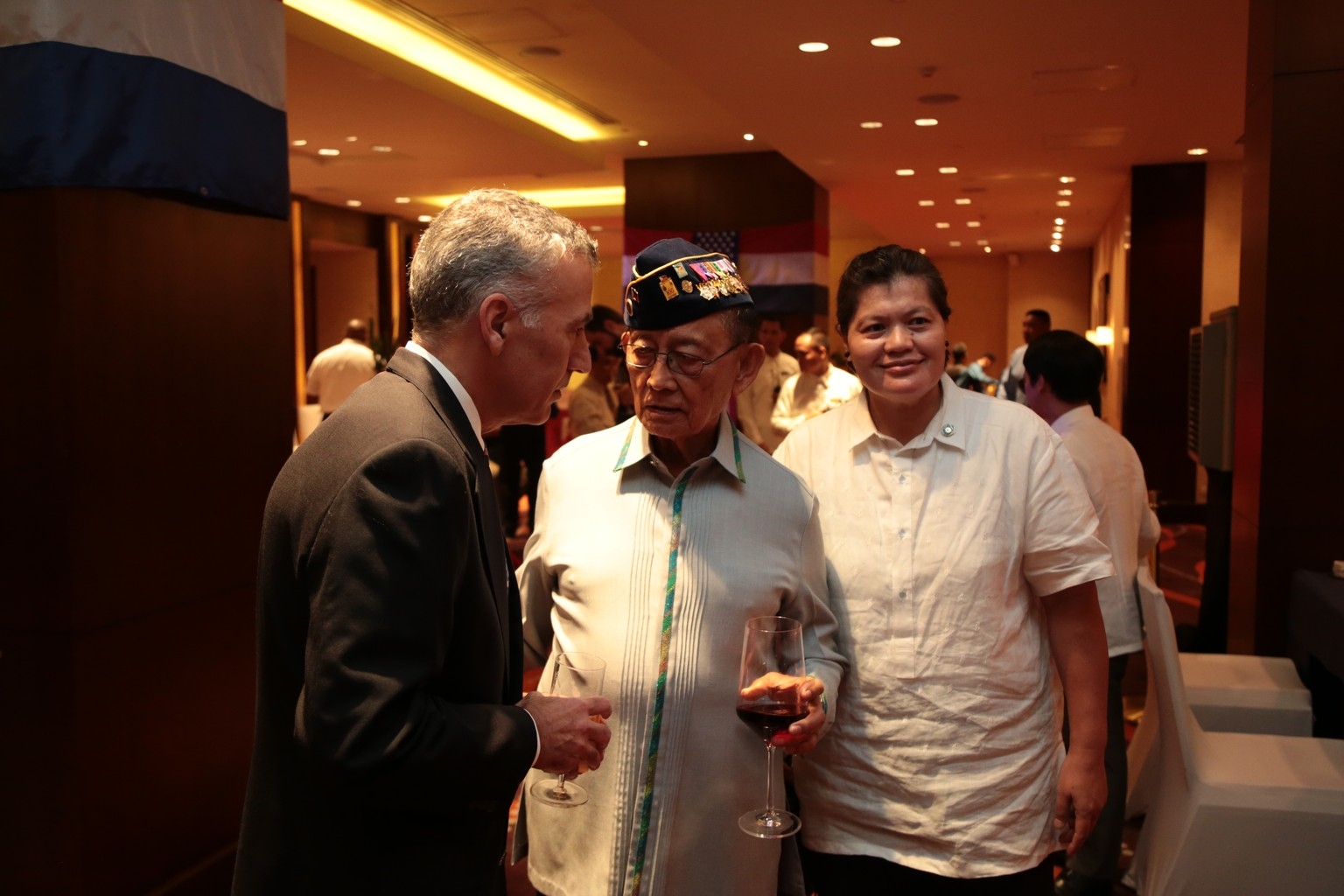 |
| Photo: Wikimedia Commons |
As one author wrote there is a surprising connection between the Philippines and the Fourth of July. It is also the American celebration of their independence from Great Britain. It should not be. They have their own story of how they, as a people fought for their independence. As the late President Diosdado Macapagal said freedom and independence is gained by struggling from colonial masters, it is not given.
The struggle continues to this day to gain that independence in spite of elite Filipinos who continue to act as if they were still an American colony.
Filipinos and Americans are friends and they will remain friends as long as they must keep that in mind in deciding their foreign policies.
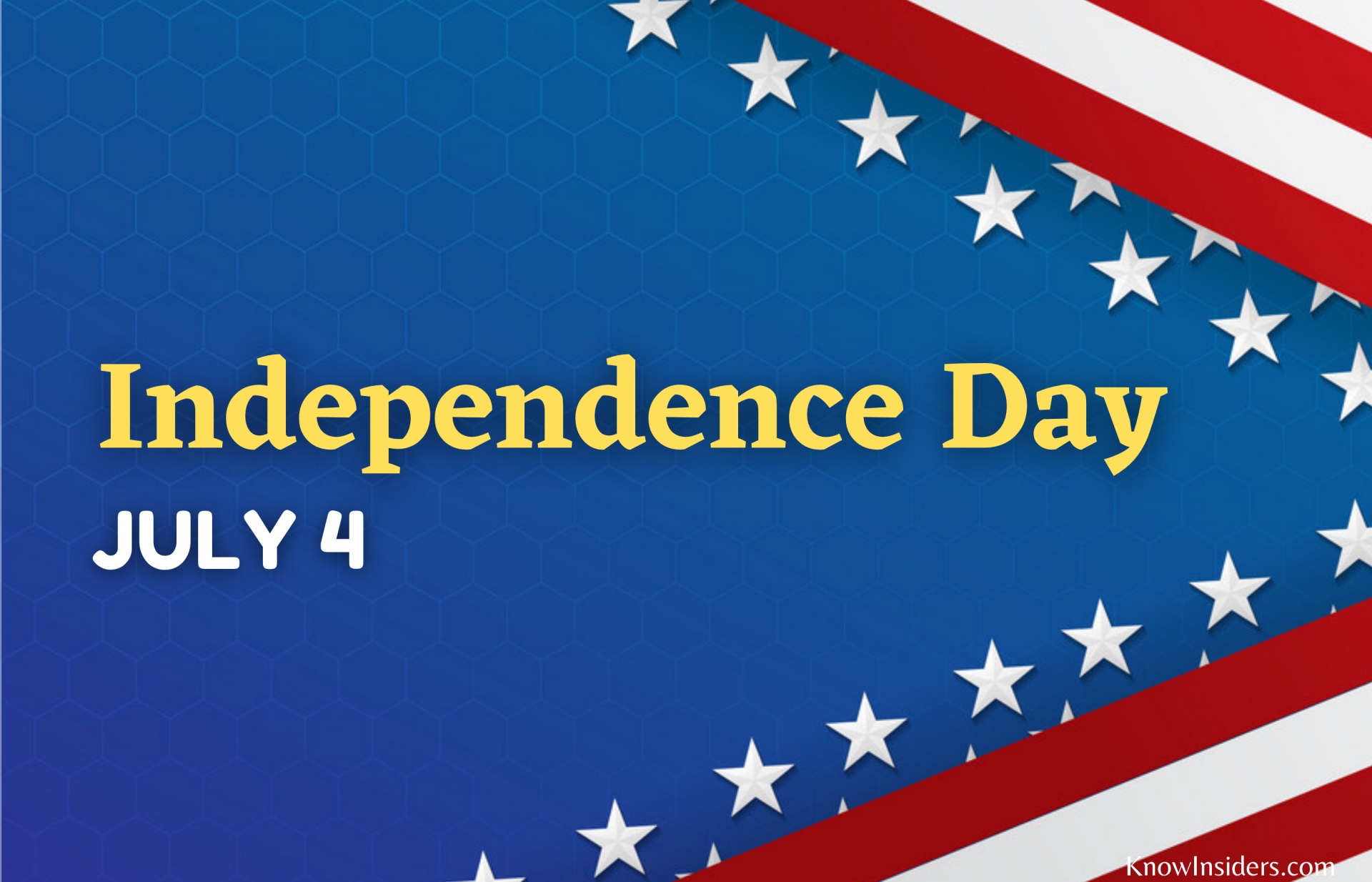 U.S Independence Day (July 4): History, Meaning and Celebrations U.S Independence Day (July 4): History, Meaning and Celebrations |
“It’s no coincidence that the Philippines shared an independence day with its former colonizer. But this overlap was short-lived. When the Philippines changed the date of its Independence Day holiday in 1962, it marked yet another step away from a long history of western interference. Between the 16th and 19th centuries, the Philippines was a colony in the Spanish Empire. In 1896, the islands attempted to break free in what’s called the Philippine Revolution, or Tagalog War. When the Spanish-American War began in 1898, some Filipinos saw an opportunity to ally with the Americans against their imperial rulers.”
The Americans encouraged this alliance, and led the Filipinos to believe that they had no desire to colonize the country once it was free from Spain, says Vicente L. Rafael, professor of history and Southeast Asian studies at the University of Washington in Seattle.
This culminated with a Filipino declaration of independence on June 12 of that year. An American officer was even among the signees.
The United States’ disregard for that declaration was made plain a few months later. After Spain surrendered, the 1898 Treaty of Paris gave the Philippines to the US. But Filipinos fought this handover, and rose up in the Philippine-American War in 1899.”
It should be widely taught to future generations of Filipinos about the zenith and decline of nationalism. “The decade 1896-1906 [the period of the Filipino Revolution against Spain and the Filipino war against the imperialist Americans marked out the watershed of Filipino nationalism.” O.D. Corpuz. (Saga and Triumph: The Filipino Revolution Against Spain. p. xii.)
From that high mark of Filipino nationalism, Corpuz noted its persistent decline. To quote him: “The fading away of nationalism as the guiding spirit and paramount value in Filipino politics might be said to have begun with the founding of the Nacionalista Party in 1907. Its leaders were untrue to their party’s proud name.” [from O.D. Corpuz’ Epilogue in his Roots of the Filipino Nation, Vol. II. p.568.
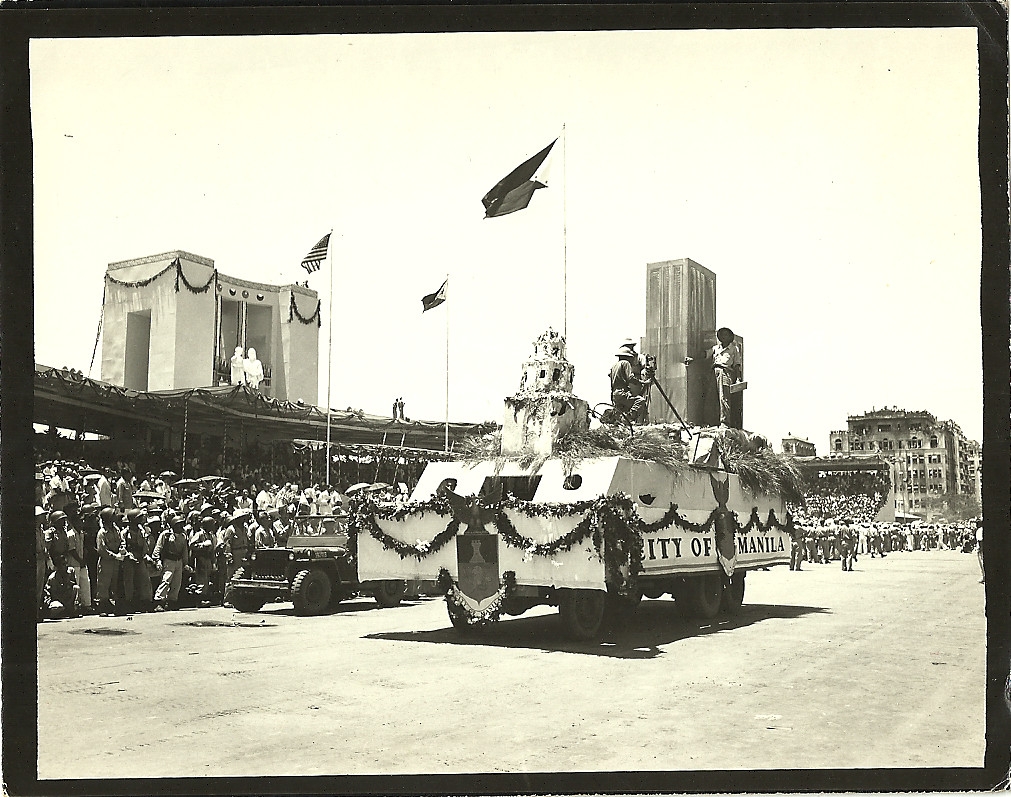 |
| Photo: Flickr |
For the most part, in Corpuz’s view, the Filipino campaign for independence from the United States was motivated more by the selfish interests of their leaders, from Quezon and Osmeña onward. In his own words: “The Nacionalista campaign for independence-without-nationalism ended with the inauguration of a republic in the Luneta on July 4, 1946.”
O.D. Corpuz discussed the consequences of our leaders’ lack of nationalism on our politics, party system, governance, and our people. He lamented the Filipinos’ dependence on, and subservience to the United States. On this observation, Corpuz was not alone.
Many writers would share the following thoughts on Filipino dependency on the United States and American imperialism. Under US colonial rule (1901-1935) Filipino political leaders were conscious of their “political apprenticeship” and ultimate US political approval of Philippine independence.
Post-independence Filipino leaders were subservient to the United States because they needed US support for the rehabilitation of our devastated country. They felt that the US government had failed to protect the country from occupation and destruction by the Japanese, while Filipino soldiers had fought and died in Bataan and guerrillas had resisted the Japanese and assisted the returning US forces in fighting the Japanese army. In fact, the returning US forces probably wrought more physical destruction in Manila than did the Japanese.
And, taking advantage of the destruction of the Philippines in World War II, the US government demanded as the price of its rehabilitation support that the Philippine Constitution be amended to allow US citizens parity (equal) rights with Filipinos in exploiting their natural resources. Under an executive agreement, the US also obtained the use of rent-free military bases in the former American colony until 2046 A.D. In 1991 the Philippine government would end the US use of military bases in the country.”
Filipino-American Friendship Day: Significances
The celebration of Philippine-American Friendship Day is meant to remind Filipino —and Americans—of two countries’ long-standing friendship. This developed after the forces of the First Philippine Republic were defeated by those of the United States and Filipino archipelago became an American colony.
The Philippines and the United States have maintained closeness that some Filipinos call a “special relationship.” Cynically, some Filipinos laugh about that fiction—for they say the US government does not do anything with, in, and for the Philippines unless it serves US interests. That, to Filipino, is an unproductive and unnecessarily negative way of seeing these ties.
For the government also does not do anything with, in, and for the USA unless it serves their interests. That is how mature governments deal with each other.
 Where to Watch or Stream Independence Day’s Fireworks Across the U.S Where to Watch or Stream Independence Day’s Fireworks Across the U.S Fireworks have been part and parcel of US Independence Day. The Fourth of July is right around ... |
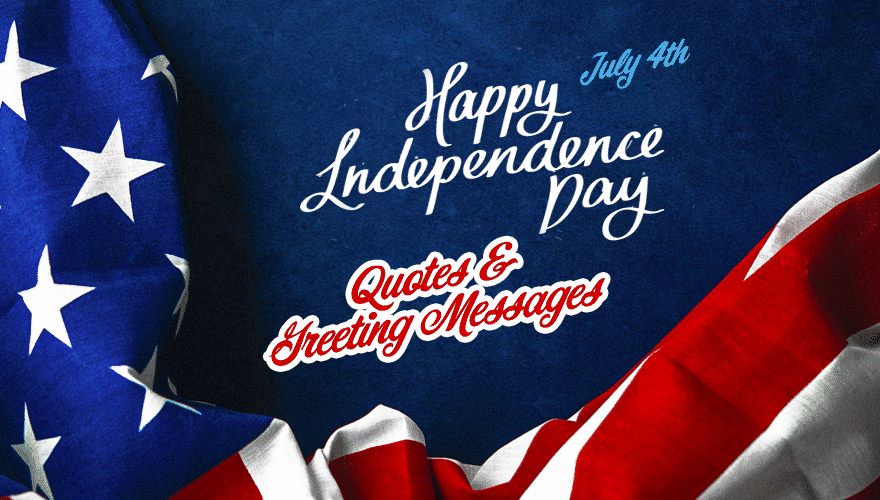 Independence Day of USA (July 4): Best Wishes, Poems, Top Quotes and Great Messages Independence Day of USA (July 4): Best Wishes, Poems, Top Quotes and Great Messages Americans come together on July 4 to celebrate the nation’s birthday and Independence Day. Let's send the best wishes, quotes, and messages to your relatives, ... |
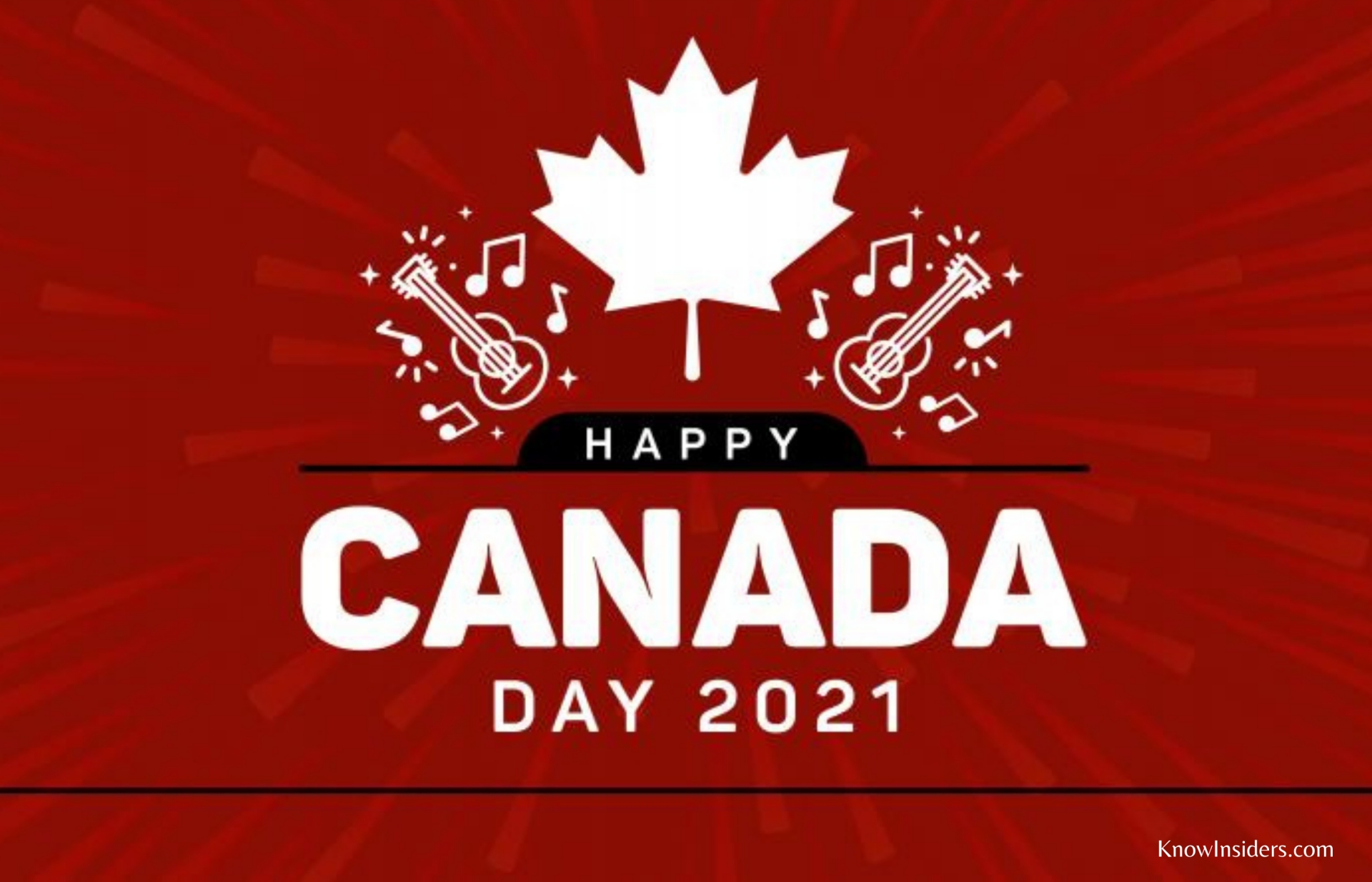 Canada Day (July 1): History, Significance, Celebrations and Facts Canada Day (July 1): History, Significance, Celebrations and Facts Canada Day is a public holiday when Canadians across the country and around the world show their pride in their history, culture, and achievements! |



